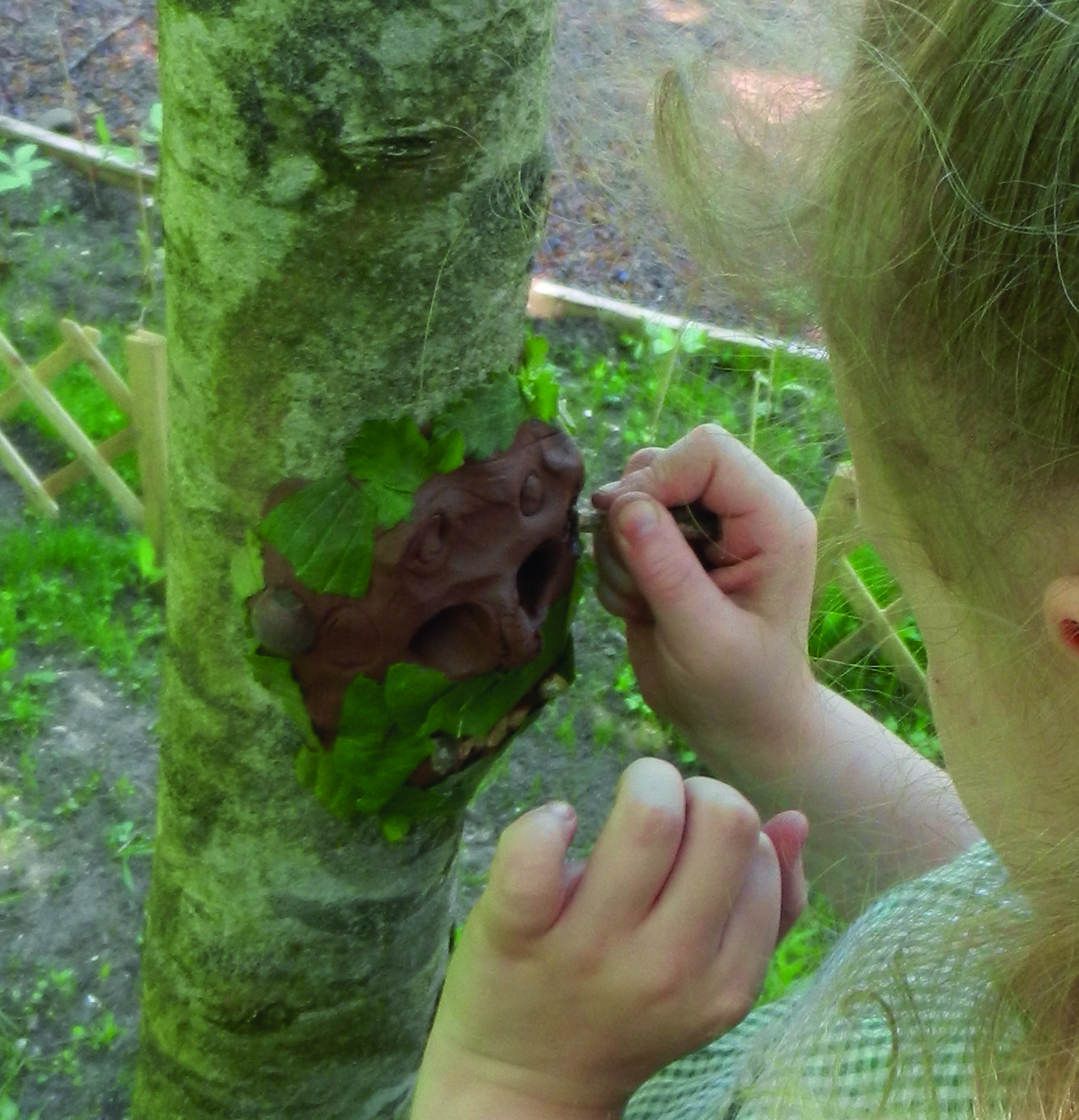
ACTIVITY
CELEBRATE SPRING

Many cultures around the world celebrate the return of spring, symbolising rebirth, thankfulness and abundant natural bounties putting an end to the winter ‘hunger gap’. In some cultures, spring is symbolised in the Green Man, whose mythology is common in Northern Europe, but variations can also be found in Ancient Egyptian and Aboriginal artworks.
Typically, the Green Man (only rarely a woman!) has a face made from or surrounded by fresh spring leaves. He symbolises fertility and the cycle of life and can be found carved into secular and ecclesiastical buildings. You can find wonderful images and much more information online. And why not make your own Green Man faces to celebrate the arrival of spring in your setting.
Register now to continue reading
Thank you for visiting Nursery World and making use of our archive of more than 35,000 expert features, subject guides, case studies and policy updates. Why not register today and enjoy the following great benefits:
What's included
-
Free access to 4 subscriber-only articles per month
-
Unlimited access to news and opinion
-
Email newsletter providing activity ideas, best practice and breaking news
Already have an account? Sign in here









